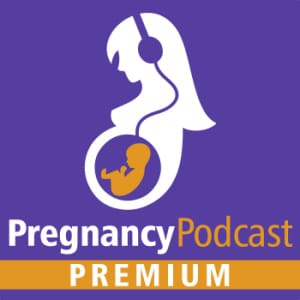Overview
The third stage of labor starts after your baby is born and ends with birthing the placenta. Even after your beautiful baby is born your uterus will continue to contract. These contractions are generally more mild than the contractions you experience during birth. As your uterus begins to contract and shrink, your placenta will detach from your uterine wall. The blood vessels are closed off, and the placenta is pushed out. You have many options for what interventions are employed during this stage and whether your care provider uses active or expectant management. This includes the timing of clamping the umbilical cord, medications, and physically pulling on the umbilical cord. This episode explains your choices during the third stage of labor and examines the research to give you the information you need to make an informed decision.

